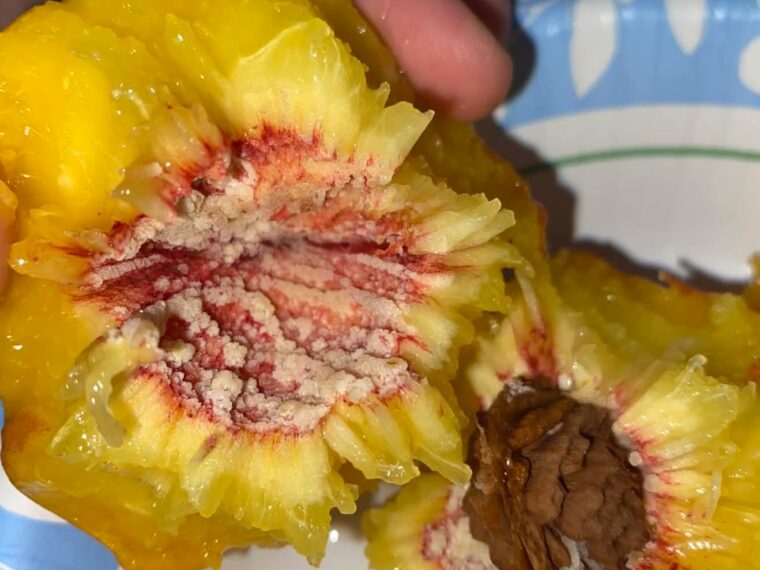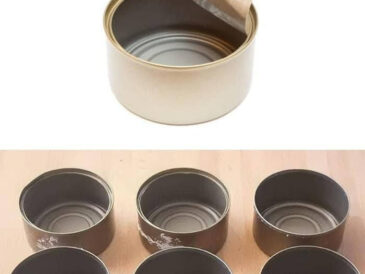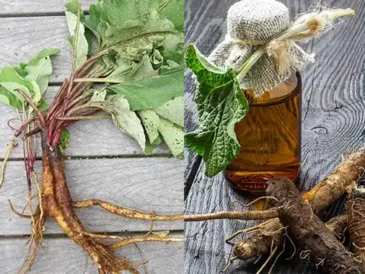-
Overwatering or mineral-heavy irrigation (hard water)
-
Nutrient imbalances in the soil
-
Natural sugar crystallization during very hot seasons
If you grow peaches at home, these signs can guide you toward better fertilizer choices and irrigation practices that improve both yield and quality. Monitoring the internal structure of your fruit can be just as important as watching for pests or leaf discoloration.
5. Health and Nutrition Considerations
The pit itself contains a seed rich in compounds like amygdalin, which in large amounts can release cyanide—a natural toxin. While most people never consume peach pits, it’s worth knowing that any cracks or damage to the pit could allow compounds to leach into the flesh. This is extremely rare but highlights the importance of examining fruit quality before eating.
From a nutritional standpoint, if the white substance is simply dried sugar or plant material, it has no impact on the peach’s vitamin content or antioxidant levels. However, mold-contaminated fruit should be discarded to prevent any foodborne illness.
6. When to Worry and When to Relax
Probably harmless:
-
Powdery or chalky texture without odor
-
White streaks that look like dried sugar
-
Firm pit with no cracks or softness
Cause for concern:
-
Fuzzy mold-like growth
-
Sour or fermented smell
-
Visible pit damage or soft, discolored flesh around it
When in doubt, trust your senses. A peach with suspicious white residue and an off smell is best avoided—especially if you have food allergies or a weakened immune system.
The Final Word
The white stuff on your peach pit is a fascinating example of how nature leaves subtle signatures for us to find. In most cases, it’s simply a byproduct of natural fruit chemistry—a harmless quirk that reveals more about the peach’s journey from tree to table. In other cases, it can be a quiet warning to check for spoilage before eating.
Either way, it’s a reminder that the world of fresh fruit is full of hidden details, and that food quality awareness isn’t just about appearance—it’s about knowing the story your food is telling you.





